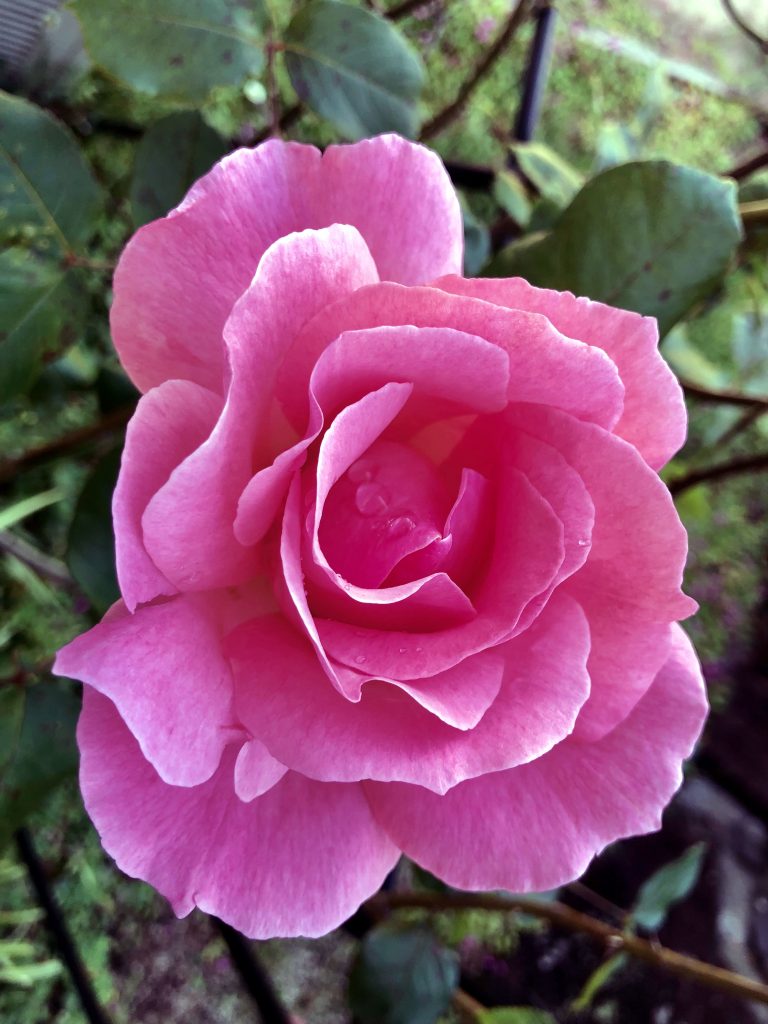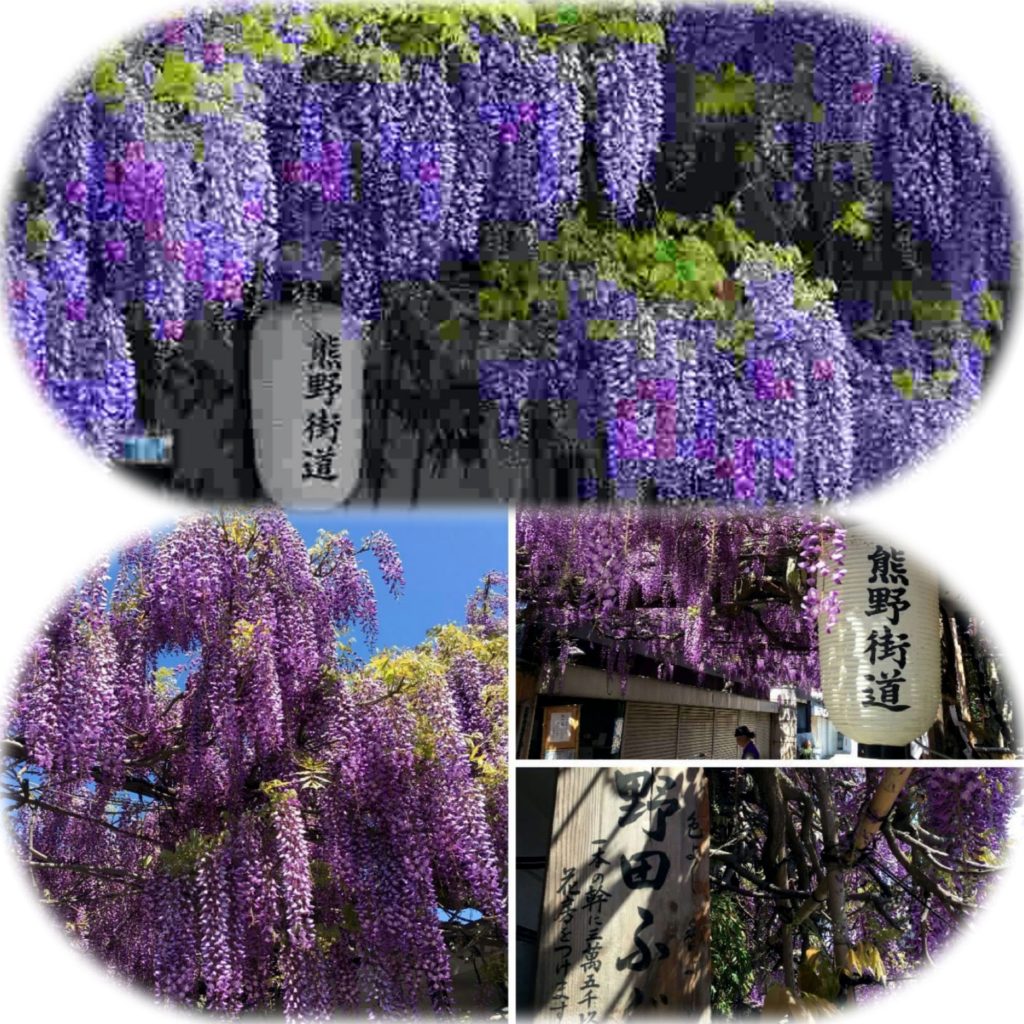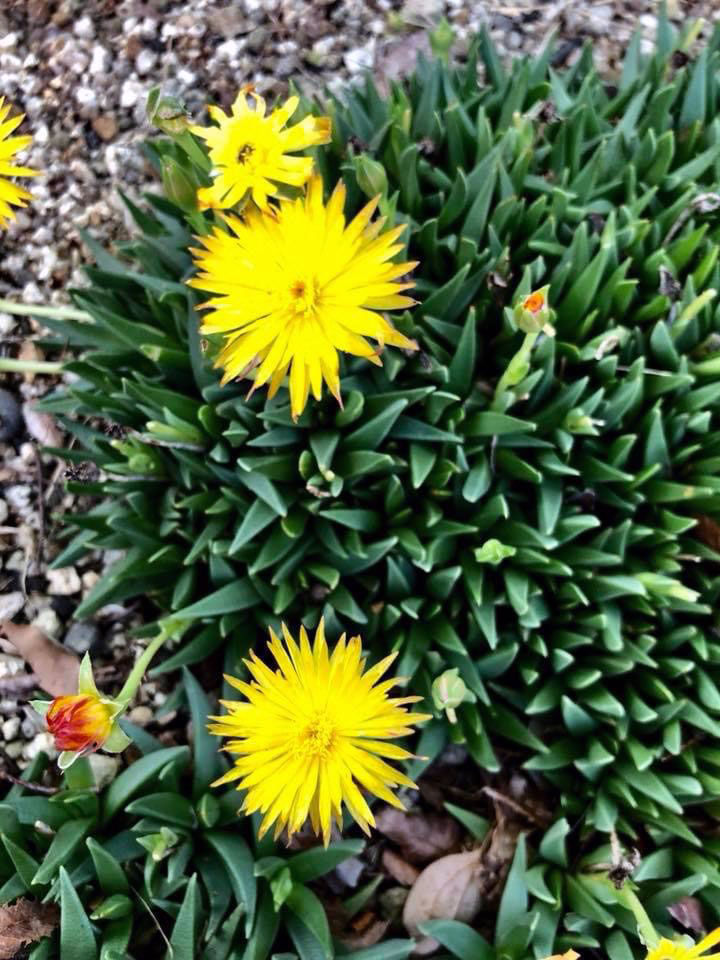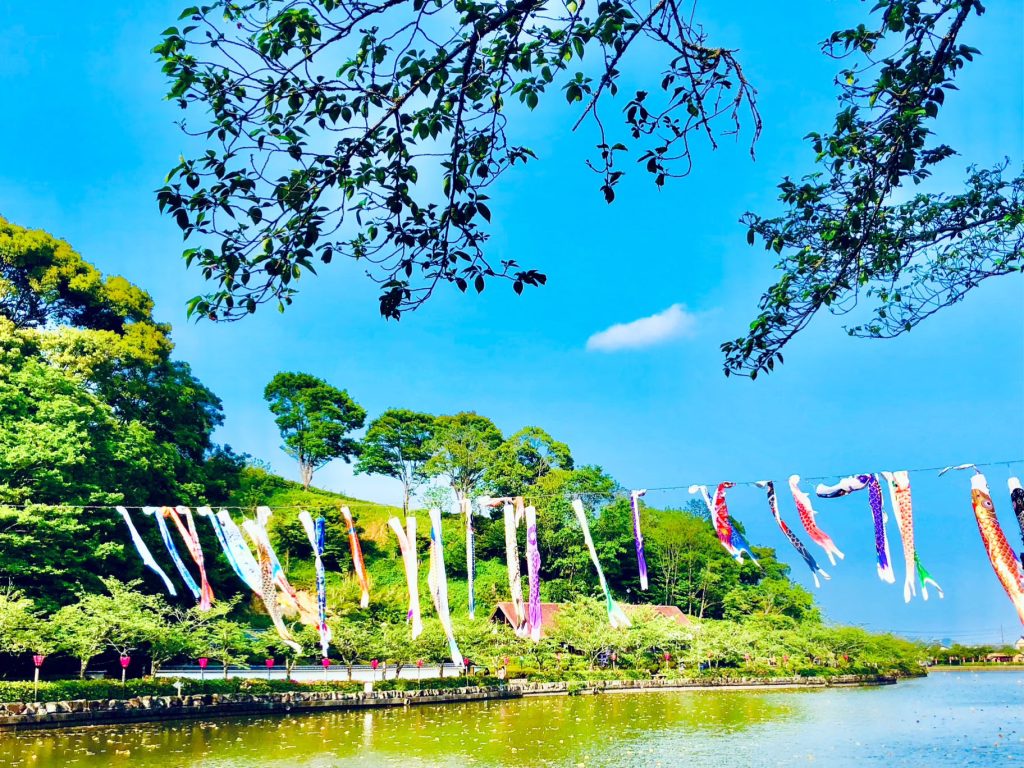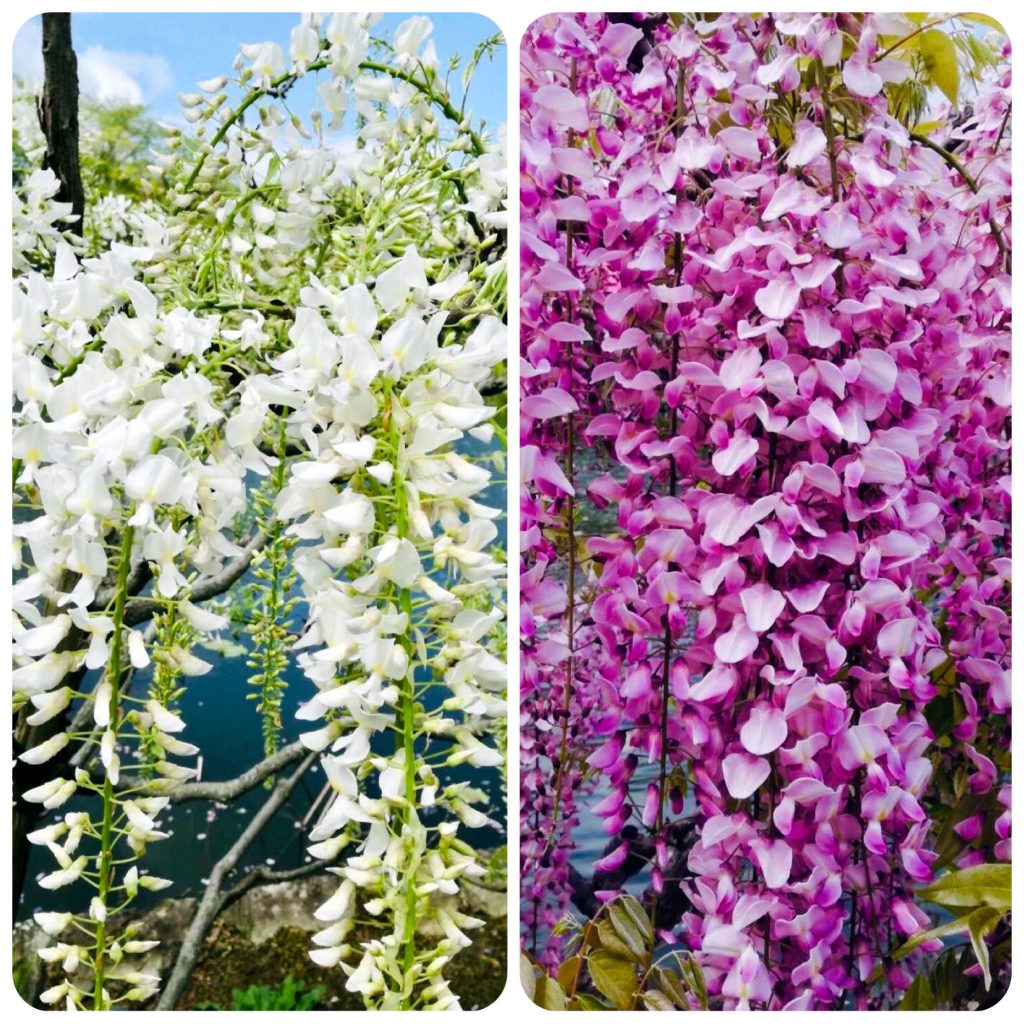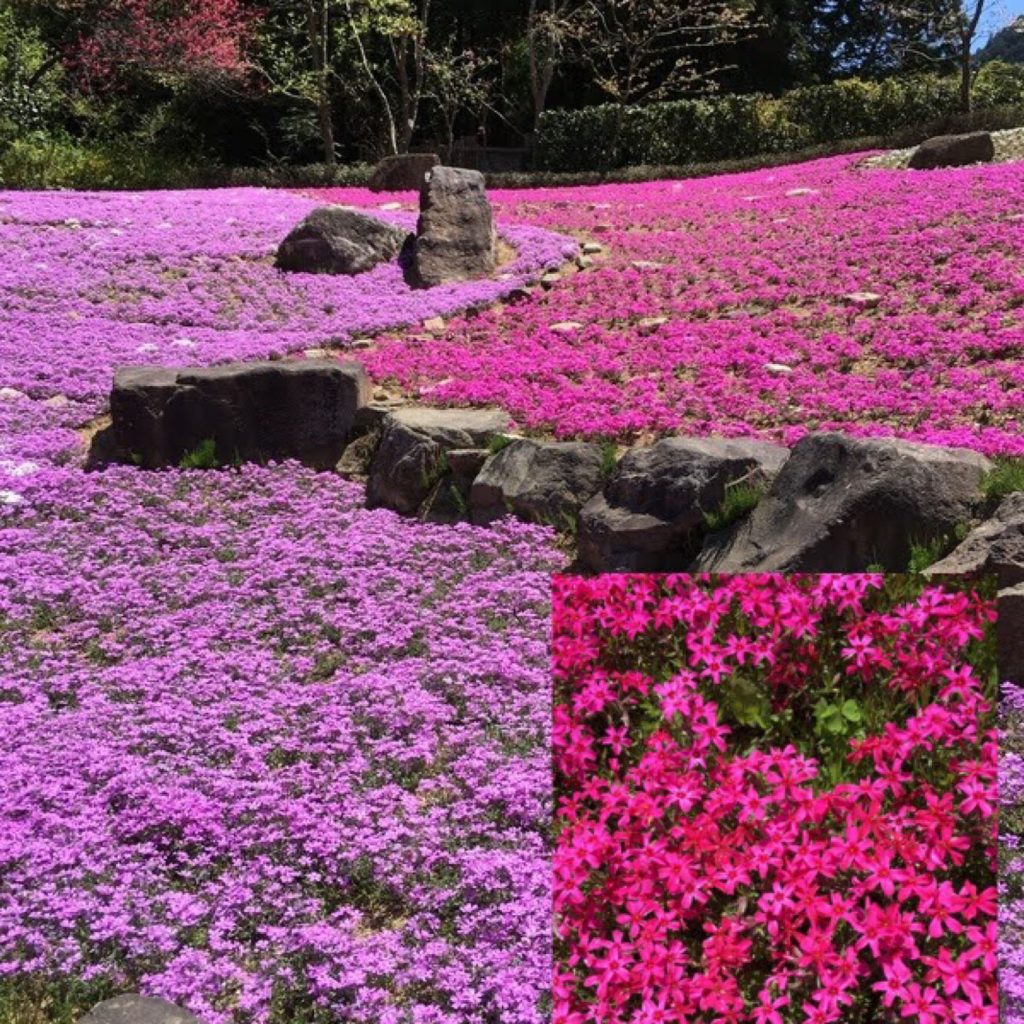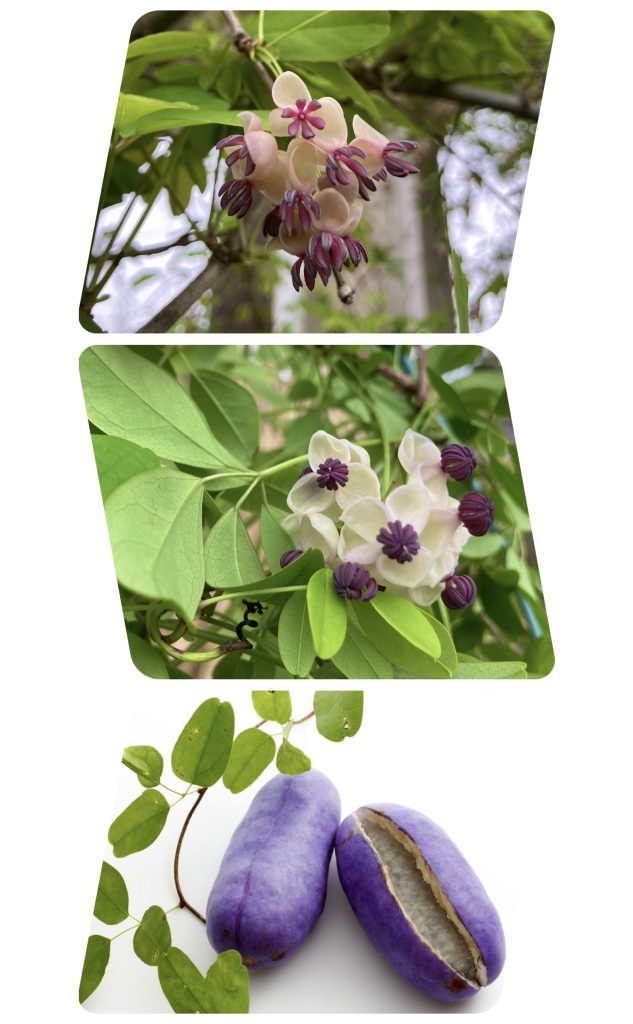
There is an old water purification plant along the Yamato River in Asakayama, Sakai City, Osaka. About 2,500 azaleas, including those over 80 years old and newly planted ones, are planted over a total length of about 600 meters, making it one of the most famous tsutsuji spots in Osaka. Normally, they continue to bloom until after Golden Week, but recently they have not lasted that long. They reach their peak in mid-April and start to decline noticeably in the latter half of the month. After the tsutsuji, the satsuki (Rhododendron indicum) bloom vigorously. Satsuki blooms in May, as its name suggests, but Satsuki is also an old name in the lunar calendar, and corresponds to June in the Gregorian calendar. In other words, Satsuki probably bloomed around June in the past. Therefore, global warming has been gradually starting over a hundred years ago and has been accelerating in the past 10 to 20 years, turning from quantity to quality in terms of physics. It seems that the world still lacks a sense of urgency about its severity.
大阪堺市浅香山の大和川沿いに旧浄水場があります。そこに樹齢80年を超えるツツジと新しく植えたツツジが約2,500本、総延長約600mにわたって植えられています。大阪でも有数のツツジの名所です。例年ならゴールデンウィークが過ぎるまで咲き続けるのですが、最近はそこまで持ちません。4月の中旬過ぎにはピークを迎え、下旬には衰えが目立ちます。ツツジに続いて咲くサツキがもう勢いよく咲いています。サツキはその名の通り皐月に咲くので付いたのですが、皐月も旧暦の呼び名で、新暦では6月に当たります。つまり、サツキは昔は多分新暦の6月頃に咲いたのでしょう。つまり、地球温暖化はもう百年も前から徐々に始まっていて、この10年20年の間に加速度的に増加に転じ始めているのです。物理学でいう量から質に転じ始めた訳ですね。世界はまだまだその深刻さの切迫感が足りない様です。

